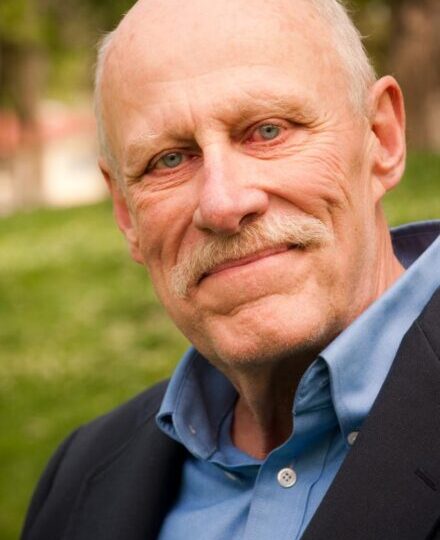By Christopher MacGowan, College of William and Mary
Hugh Witemeyer, who died last May, taught at the University of New Mexico for more than 40 years. Born in Flint, Michigan, Hugh was a central figure in Ezra Pound scholarship, having established his reputation with The Poetry of Ezra Pound: Forms and Renewal: 1908-1920 (Univ. of California, 1969), based on his Princeton dissertation under A. Walton Litz. As well as this career in Pound scholarship, Hugh also made many valuable contributions to scholarship on Williams, including his editions of the selected correspondence between Williams and James Laughlin (Norton 1989) and the correspondence between Williams and Ezra Pound (New Directions 1996). He also edited, with Barry Magid, the correspondence between Williams and Charles Tomlinson (trade edition Peter Lang, 1999), and made important contributions to the William Carlos Williams Review between 1990 and 2004, where his subjects included Williams’s unpublished introduction to his short stories (Fall 1990) and the plagiarism and collage in The Great American Novel (Spring 1997).
Hugh’s six foot four, always affable, figure, often accompanied by his English wife of 35 years Barbara, was until his retirement often a presence at the MLA Williams panels, chairing the 1993 panel on Paterson at the Toronto meeting that included contributions by Louis Martz and the editor of the Williams/Nardi correspondence Elizabeth O’Neill. Also of interest to Williams scholars, among his many contributions to Paideuma is his essay (Fall/Winter 1986) on the life, interests, and mysterious death of the Chinese-American scholar and poet David Happell Hsin-fu Wand (David Rafael Wang) who collaborated with Williams on the Chinese translations of “The Cassia Tree” (CP2 359-376).
Hugh’s interdisciplinary interests are shown in his second monograph, George Eliot and the Visual Arts (Yale, 1979), in which he reconstructs the Victorian novelist’s knowledge of art and her tastes in painting. He also published on Yeats, including (with George Bornstein) the Letters to the New Island volume of MacMillan’s Collected Yeats (1990). Some of Hugh’s work centered around his Southwest base, including a 1983 essay (with E. P. Walkiewicz) in William Carlos Williams: Man and Poet (Orono ME, 1983) on the Williams’s visit to El Paso that is part of the background to “The Desert Music.”
He was also actively involved with the D. H. Lawrence Ranch Project just north of Taos, NM, and was an active supporter of and enthusiastic thespian participant in Albuquerque Community Theater. This last named activity gave him the right to occasionally complain–in a quiet, polite, but frustrated whisper recalled by this writer and surely by some others who found themselves beside him at a conference session–of the poor projection training and general delivery skills of more than one learned figure, however famous, regaling us from the podium.

